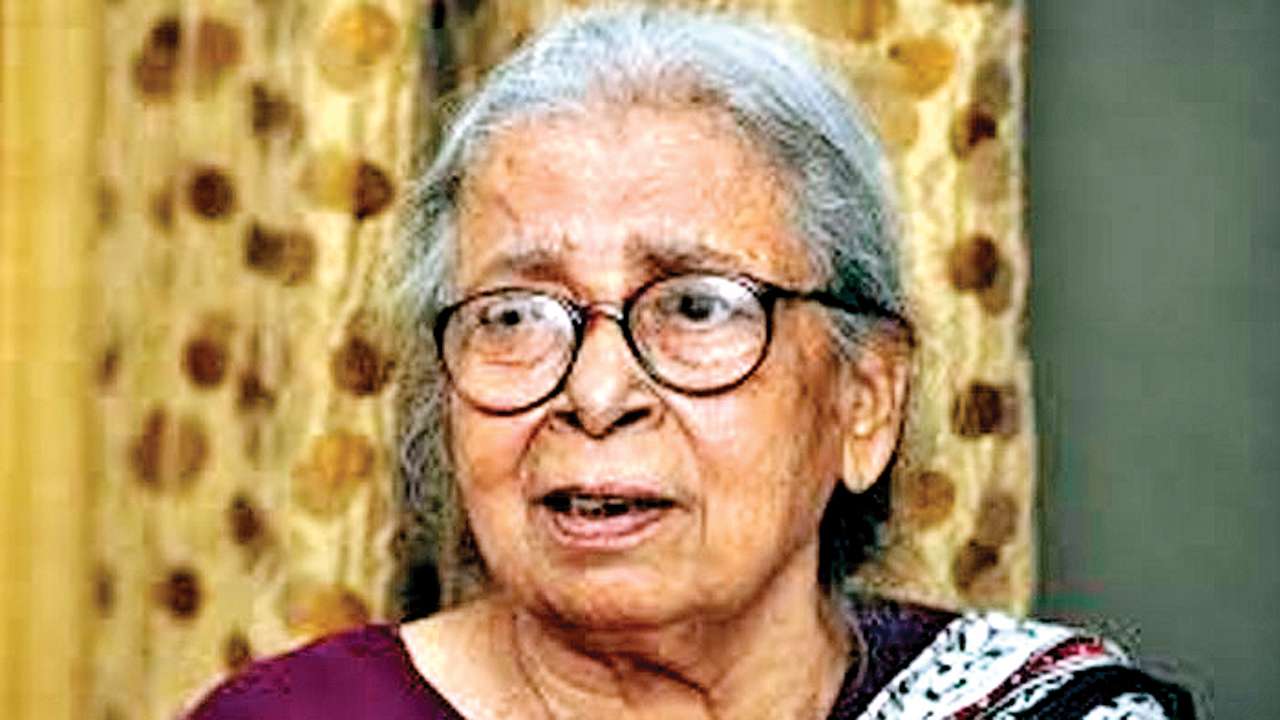
“Her plentiful breasts now became a gaping wound.”
Mahasweta Devi’s, by now canonical “Standayini,” or The Breastgiver, (1997), one of the three Breast Stories is an exploration of the constructed nature of gender and more specifically the mother figure, a symbolism that flows out of the protagonist’s proffered role as a wet nurse. There is definitely a use to which Devi puts the bhibhatsya rasa in the trilogy. In Standayini, it is the gradual appearance of lesions on Jashoda’s breasts that progressively decay to a point, where they falsify whatever semblance of care and concern the insincere family members and Haldars extend to her. However, the struggle with disease in “Standayini” has another purpose: it allows Jashoda the luxury of dispassionate distance, time and space to truly assess her experience of surrogate motherhood retrospectively. The languid afternoons when she writhes in pain and has the time to look back bring home several flashes of insight. The irony, however, is that she is unable to see through these constructs that bind her.
A significant part of the story is circumscribed by women’s bodies. The Haldar household is said to have “birth rooms” which are perennially occupied due to the hectic birthing activities of the scores of daughters-in-law and daughters of the family. The patriarch of the house has a desire to “fill half of Calcutta with Haldars”, the young men are busy impregnating their wives according to sacred days of the almanac, the young women are gestating and birthing and the old mistress is babysitting her grandchildren. For all the squeamishness Indians display about sex, there is a certain brazenness about putting this family planning so unabashedly out in the public sphere.
Jashoda’s copious milk production comes as a relief to the crying infant who cannot be fed by his own mother. Her earthiness in spontaneously feeding the crying infant begins a circle that rewrites her life. Though to begin with, it is scoffed at, this arrangement suits everybody involved. The story is also told at a point in history where modernity of Indian woman is being rewritten though her body and sartorial choices. The younger daughters-in-law are hesitant to breastfeed because lactation would spoil their body shapes, which in turn would not allow them to wear bras and blouses of European cut. The husbands are part of this view wherein they find wet nurse as a viable solution out of this conundrum. The mistress of the house too agrees to this arrangement because ‘if the women are attractive, men would not go searching for other attractive women outside the houses.’ And therefore the ‘order of the family house’ would continue. The women themselves actively participate in objectifying their bodies for the prime purpose of remaining attractive for men. This syndrome combines with the other narrative of Jashoda transforming into a universal mother and taking on the responsibility of the family’s lactational and material needs, thus transferring the onus of responsibility on to the woman. Her body thus becomes an industrial enterprise producing the goods she sells. Stripped of the high sounding discourse that elevates her to the stature of mother goddess, she is an ordinary woman who labours to make a living.
“Look after these breasts” she tells Kangalicharan, in a friendly rebuke when he roughhouses her in sexual play, “these are going to carry the weight of our sustenance.” With irony that is not lost on the reader, she declares herself to be a “professional mother” because ‘this is a world of the professional and that no one cares for the amateur.’ Her easy confidence emanates from her fallacious and total acceptance of her role as a wet nurse that makes unnatural demands on her body as well as psyche. This acceptance, in turn, flows from her elevated status as mother goddess and the gifts that are showered on her.
However, this ostensible “regard and respect” accorded to her turns out to be insincere and only lasts as long as she is able to breastfeed the Halder progeny. As soon as her material worth to the family declines, automatically her stature of Mother Goddess crumbles. She quickly reverts into an ordinary woman who, in fact becomes a liability because of her disease. Jashoda suffers unbearable pain and delirium, for every one she looks at appears to her as her ‘milk child’- ‘the sores on her breasts kept mocking her with a hundred mouths, a hundred eyes.’ Even in this condition, she expects to be liberated from the pain and bondage by the milk sons, thus entrenching male agency all the more.
True homage to the Jashodas of the world would be to demythologise them, to free them from the constructs that bind them and to treat their illness, in the spirit of what Susan Sontag proposes, “as a physical reality rather than mythology.”
Author teaches English Literature and Cultural Studies